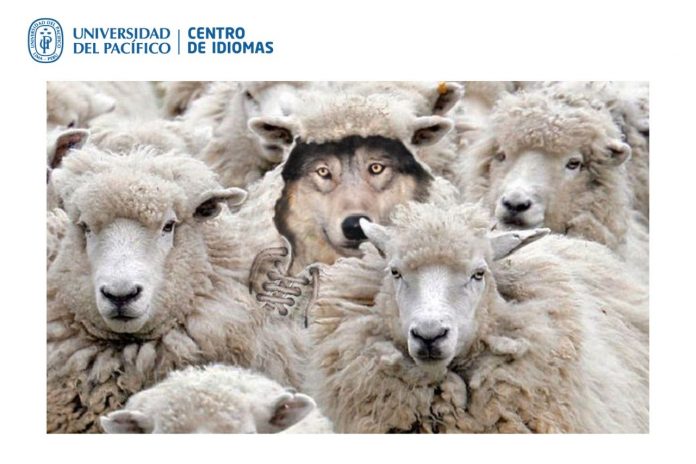One of the main concerns and deep-rooted wishes we, as teachers, hang onto is for students to start talking as soon as possible. Unfortunately, the barrier most students encounter is their insecurity to communicate in the new language and their fear of losing face before their classmates. Students do not want to sound awkward or silly, so they wait until they feel safe to start speaking in English, a state of affairs which may take sometimes many months. Regrettably, few students try to do it from the very beginning, even though we always encourage them to do so. Many learners get overwhelmed by the scary process of acquiring so many words. But most students feel that they have found a lifesaver when they discover that Spanish and English possess many words which have similar meanings, spellings, and sometimes pronunciation. We call them cognates.
I love my job for many reasons; one of my favorites is that we are always learning from everything and everybody. I treasure the moments when I have the opportunity to see how my students manage to express themselves and one way they do it is by using cognates as a bridge to the new language. They take advantage of the fact that English and Spanish share a great deal of the same Latin roots and exploit that feature as an instrument to understand English, as well as to send their message across. Unluckily, students might run into some words that are false cognates, not surprisingly also referred to as “false friends”. These are words that look very much alike, or even exactly, but do not have the same meaning in English and Spanish. The students who are not aware of this fact mistakenly generalize the use of cognates causing comprehension problems for the people who listen to them.
We will find a student saying “my wife is embarrassed and didn´t feel well yesterday, that’s why I couldn’t come to class”. What he actually meant was that his wife is pregnant, and not ashamed or in debt. Thus, we, teachers, need to help them deal with this peculiarity of the language and maintain students motivated to use the language even if they confuse some words.
First of all, we need to find out how our students learn new vocabulary. It is necessary that we determine the strategies our students are using or if they are using any. You can have them share their strategies in small groups of three. Why do we need to do this? To begin with, we have to make sure that they are aware that it is essential to have a strategy to learn, especially new vocabulary. Learning does not happen miraculously. Another important reason is to avoid furnishing them the same strategies they already know. In fact, we might probably learn some tricks from them. One more aim, we need to get the students actively involved in the learning process and to abstain from making them feel as mere spectators.
Secondly, we have to take into account that it is essential that learning takes place in every class. Taking in vocabulary must be an ant’s work. Let´s remember that learning a language means acquiring a skill and that does not happen in one day. Learning a language is an aptitude just like being trained to drive a car. Could you do that in one day? Can you pick it up just by reading about it? I am pretty sure your answers will be “no”. Thus, we need to nurture their minds every class with a couple of cognates and the following class go over them and present the new ones. You could always have a quiz disguised as a game to test some of them. Bingo, memory game, puzzles and other ones are appropriate. Learning is a process, and so is acquiring a language. And, as in all progressions, there are ups and downs. We need to review material previously presented when students are likely about to forget what they absorbed before. That is the only way of making sure that they will remember such important information as false cognates. Here is a list of some of them.
English | Spanish |
globe | “globo” ( |
pie | “pie” ( |
rope | “ropa” ( |
soap | “sopa” ( |
large | “largo” ( |
exit | “éxito” ( |
hay | “hay” ( |
Now, it is your turn,
Do you know others? Can you share some strategies to teach them? Share with us your expertise.
REFERENCE
Estimated reading time: 3 minutes, 48 seconds











